1324 miles driven over the last 48 hours made for an epic weekend warrior trip. This time, I drove north to explore what is (in my opinion) true Northern California. I left work at 15:30 on Friday and drove north for 8.5 hours (the Friday rush didn’t help my time). I didn’t leave California once during those 8+ hours. I came as close as could to leaving the state, by skirting the Oregon border for the last 30 miles, but I didn’t actually cross over. Northern California is big. For a state that seems to define LA as being southern California, and SF being northern, I wonder if the first person that made this generalization ever consulted a map…anyway, I finally reached my destination Tulelake at midnight and camped (if I dare to call sleeping in parking lot car at a wildlife overlook ‘camping’) near Lava Beds National Monument. I was up before the sun Saturday morning, and I stayed in the Tulelake area the first half of the day, before finally crossing the Oregon border and headed up to Crater Lake. I found my way back into California later that night and “camped” in the middle of the Klamath Basin wildlife refuge and waited for the sunrise to come. By mid-morning, I pointed my car south and made the long, but enjoyable drive back home, which took only a brief 7 hours in this direction and got me home in time to catch the start of the 49ers game. So the question is why would I drive so far for such a short trip? And no, I don’t even get the 3-day MLK holiday weekend. When it comes to my decision making process, it is unclear if there is logic or impulse driving it, and this trip was no different, but there were many other important compelling reasons to go on this adventure, but I will narrow it down to two:
(1) Bald Eagles
(2) Snow
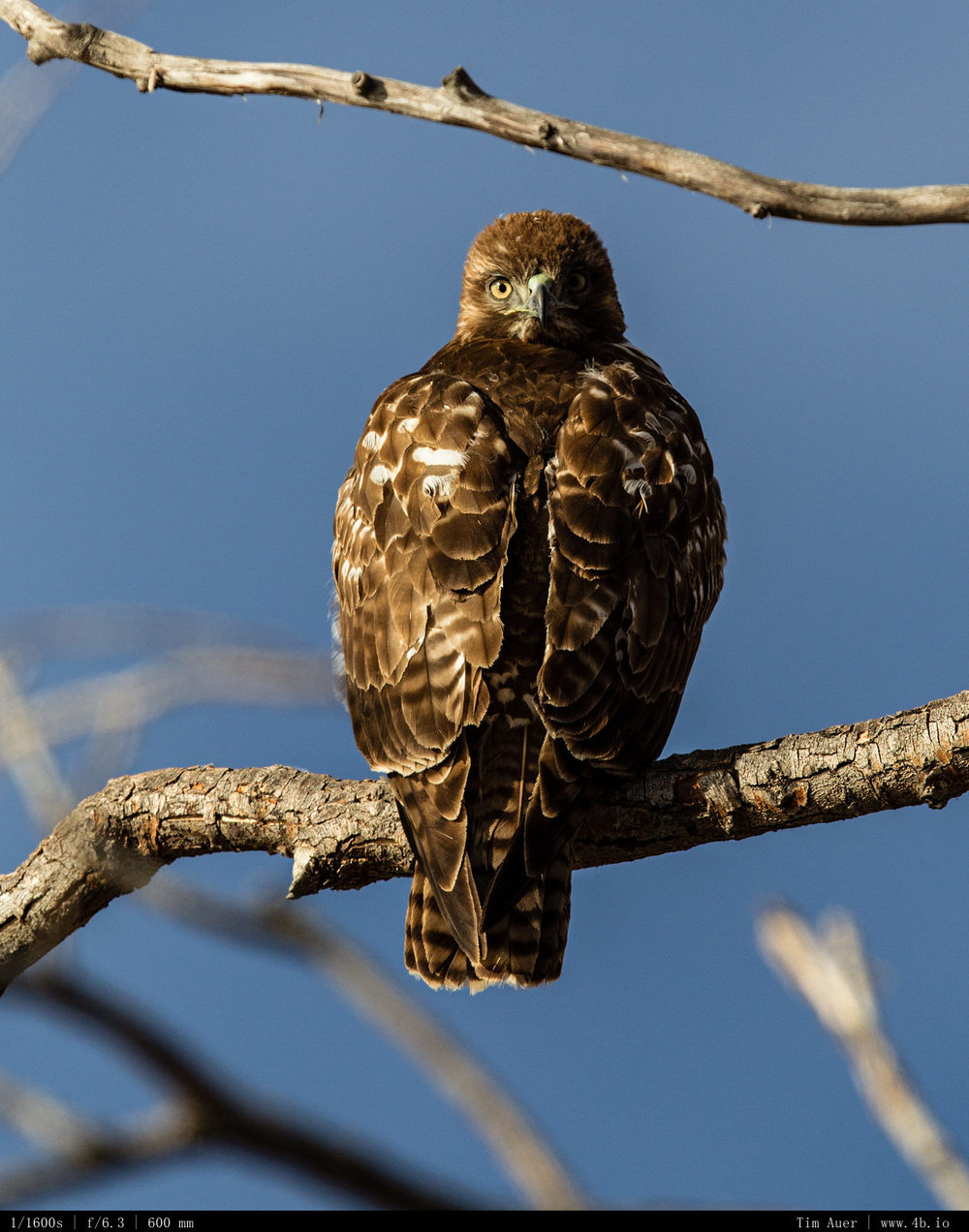
(1) Bald Eagles – The Klamath Basin is considered to be the preeminent location in the lower 48 to view wintering bald eagles. They are funneled from their summer territories in Alaska and northern Canada down the Pacific Flyway to these wetlands along the California/Oregon border. Here they amass in large numbers and feed on the snow geese that are also wintering over here. Well, I don’t know what was wrong, but the results weren’t exactly “good” in terms of eagle activity. I saw about 8-10 bald eagles, but only one in flight, and none fishing or feeding. There weren’t many waterfowl there either. I don’t quite know what is going on, and plan to investigate this further to understand why, but I wouldn’t be surprised if it has something to with the lack of reason (2)…
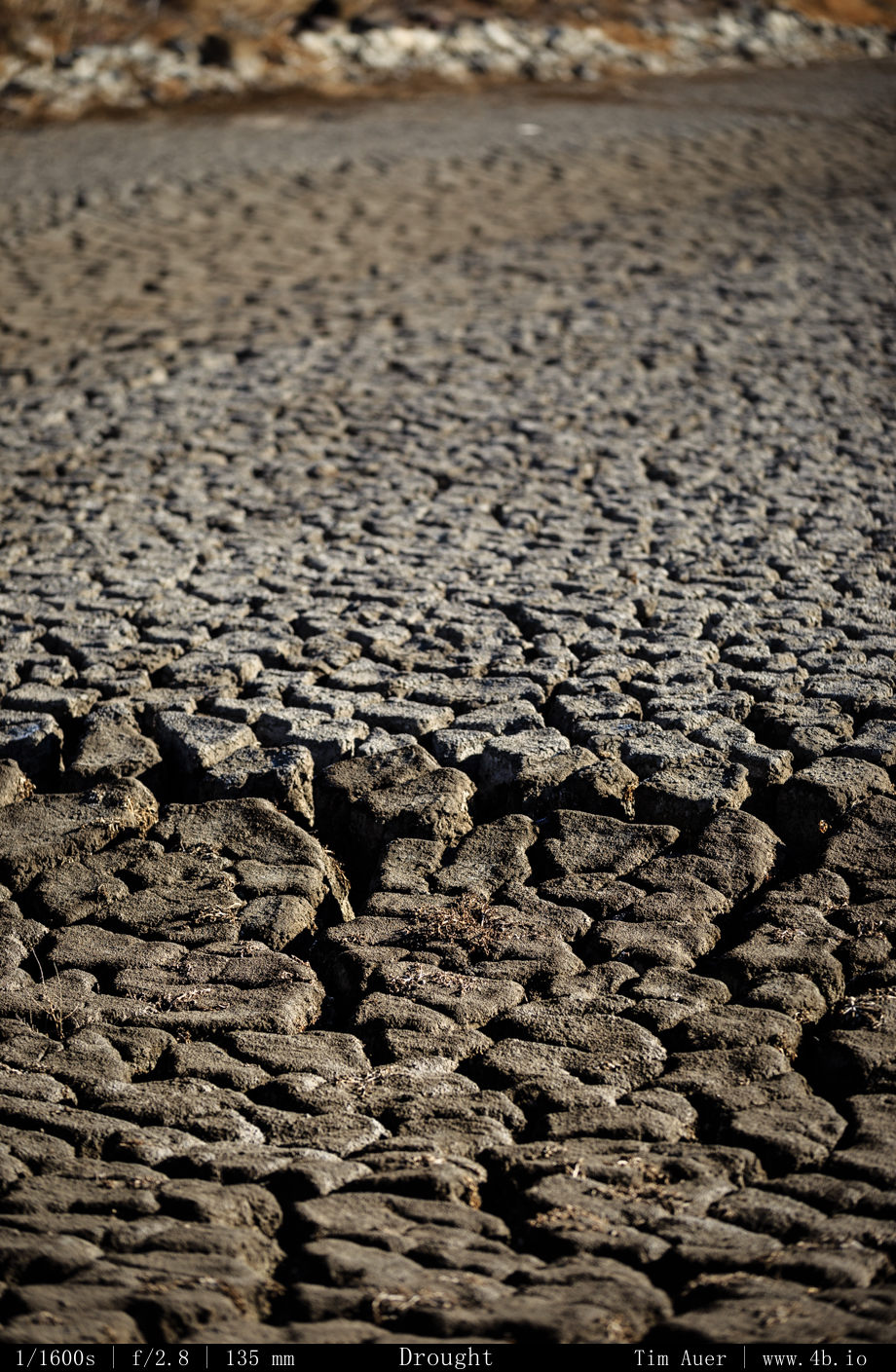
(2) Snow – California is in the midst of a god awful drought, and it is bad for everything here. The Sierra’s don’t have any snow, which means the water supply won’t be replenished for both human and nonhuman organisms. In fact, it is so serious I don’t even want to mention how this will impact the prospects of a California ski season (or photographing Horsetail Falls in February). In the scheme of things, none of that seems particularly important. It is literally drying up and catching fire here. “Southern” California is burning up as we speak with a man-made fire. While not unusual for a state accustomed to wildfire, anyone could tell you that they typically don’t happen during the “wet season” of January. The drought’s impact was made crystal clear on this weekend’s drive. There was no snow anywhere in the Klamath Basin, it was still cold (nighttime temps around 5 F), there just wasn’t any moisture. Even Mount Shasta looked strange and uneven. The north and eastern faces appeared to have a lot of snow, but the western face, as viewed from Weed, CA was barren and brown. (I also want to investigate the exact reasons behind this too). I did eventually find snow, when I drove north two hour to Crater Lake. But the news wasn’t great there either, while there was about 3-4 feet of snow covering the rim, this is only 24% of the average snow level for this date.
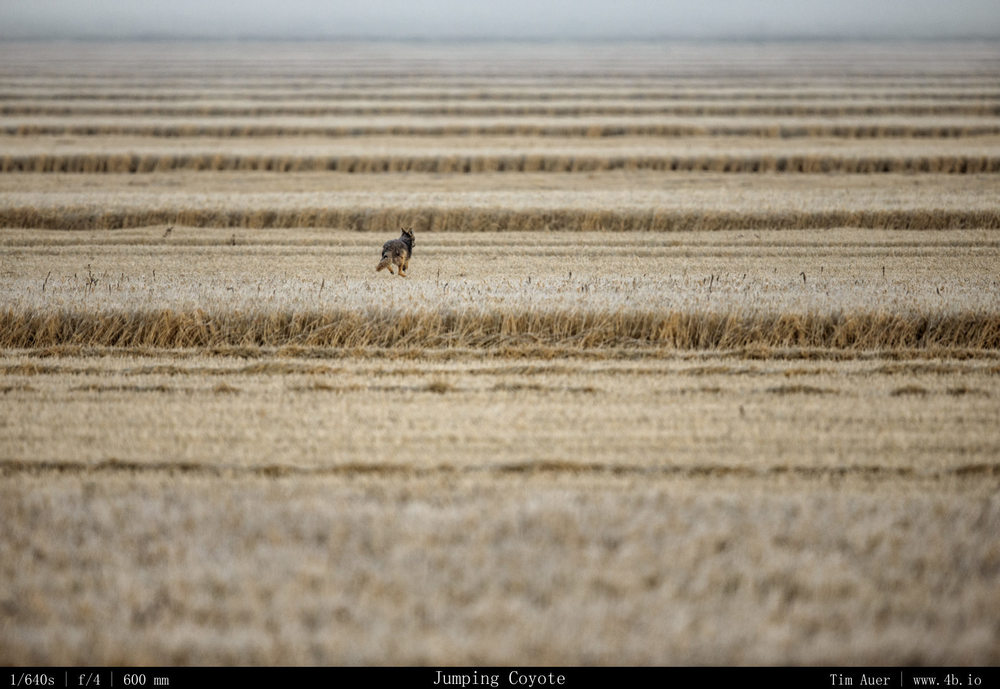
The outcome of this trip was a bit different than expected (limited eagles), but overall it was far from disappointing. I finally found a top-notch wildlife viewing location in California. Natural beauty is easy to find in this state, almost anywhere you look is beautiful, but wildlife frolicking in those scenes tends to be rare. And while the eagles weren’t performing (the nerve of those wild animals!), their cousins in the hawk, harrier, and falcon clans put on a great show. Plus I saw over 10 coyotes, several flocks of snow geese in formation passing by, California pheasants, black crowned night heron, mule deer, and in the two mornings there were two stunning Mount Shasta sunrises. That, combined with the prospect of grappling eagles, pronghorn, black-tailed deer, owls, and others the Klamath Basin is a highlight of California’s natural heritage that hasn’t yet been tagged and spoiled like many of the bears in Yosemite Valley.

After visiting Crater Lake for the second time in my life, the first was summer 2004, I left the park convinced it is at its best in winter. As is the case for many other national parks, winter provides a more peaceful and beautiful natural experience. Even though the park is limited to a tiny parking at Rim Village, and the road that circumnavigates the rim in summer is closed, I felt like there is more potential here during the snowy season than in the summer. The road closures and winter weather limits the amount of visitors, allowing plenty of space for snowshoeing, cross country skiing, and winter camping, all while having a view of the lake.

And finally this weekend served a great dry run for my upcoming trip to Yellowstone in two weeks. I worked on my wildlife tracking, practiced shooting in the cold, and figured out the last bit of gear I want/need to bring with me to Wyoming.
Plus there was a town that had the same name as my mom….with an extra “r” in the spelling…


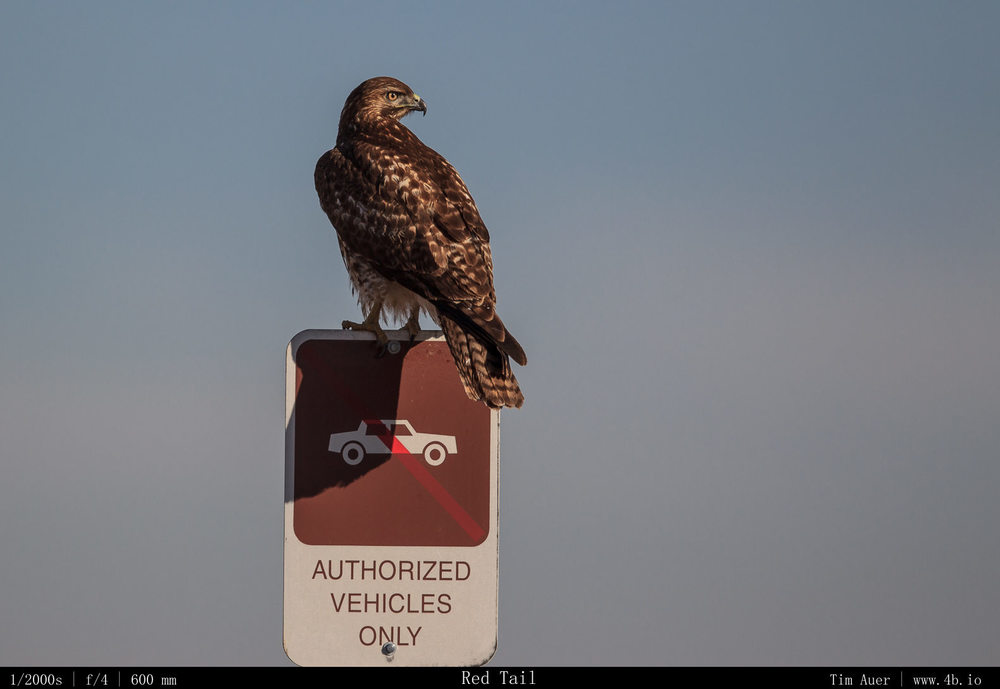
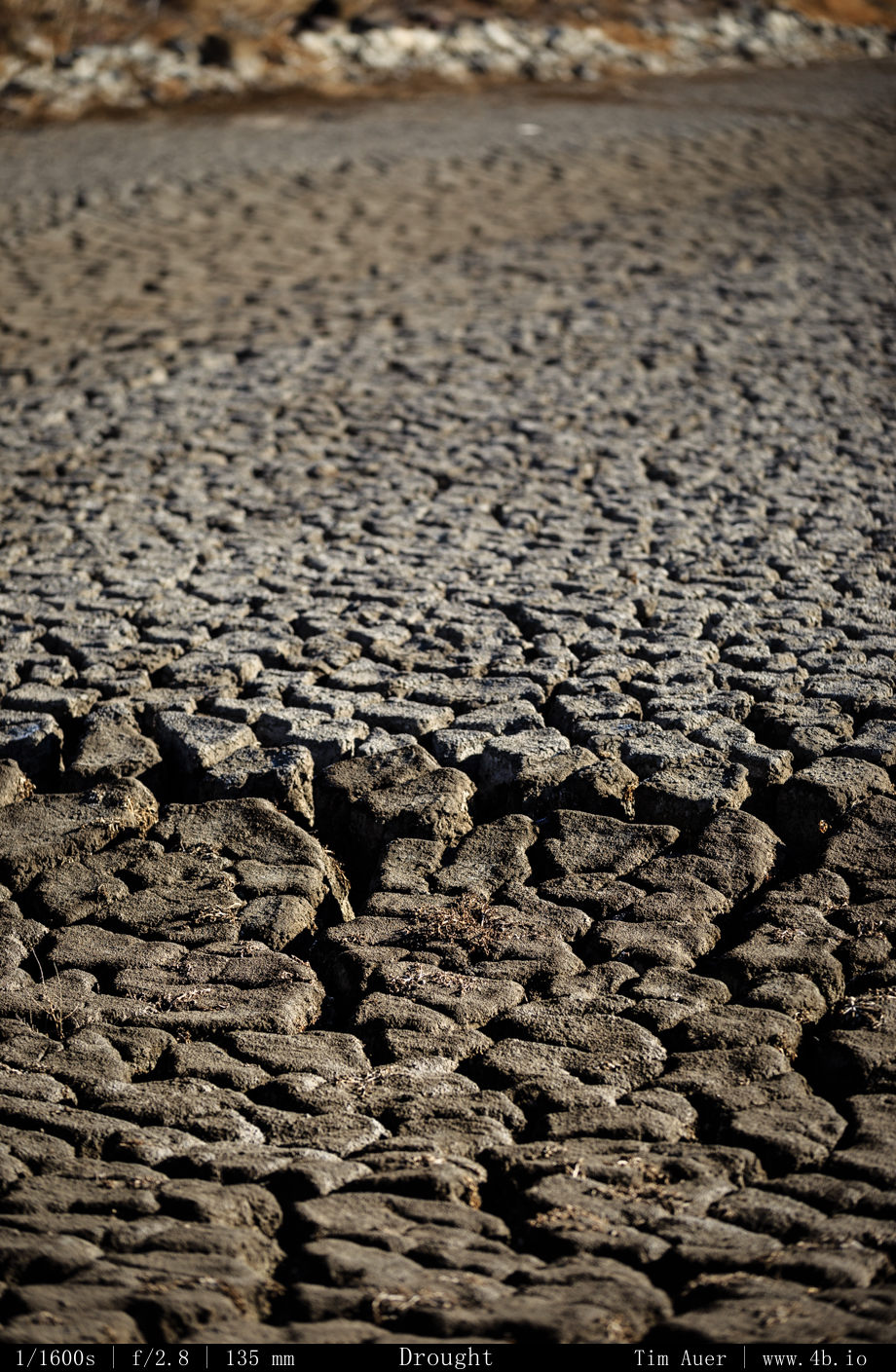


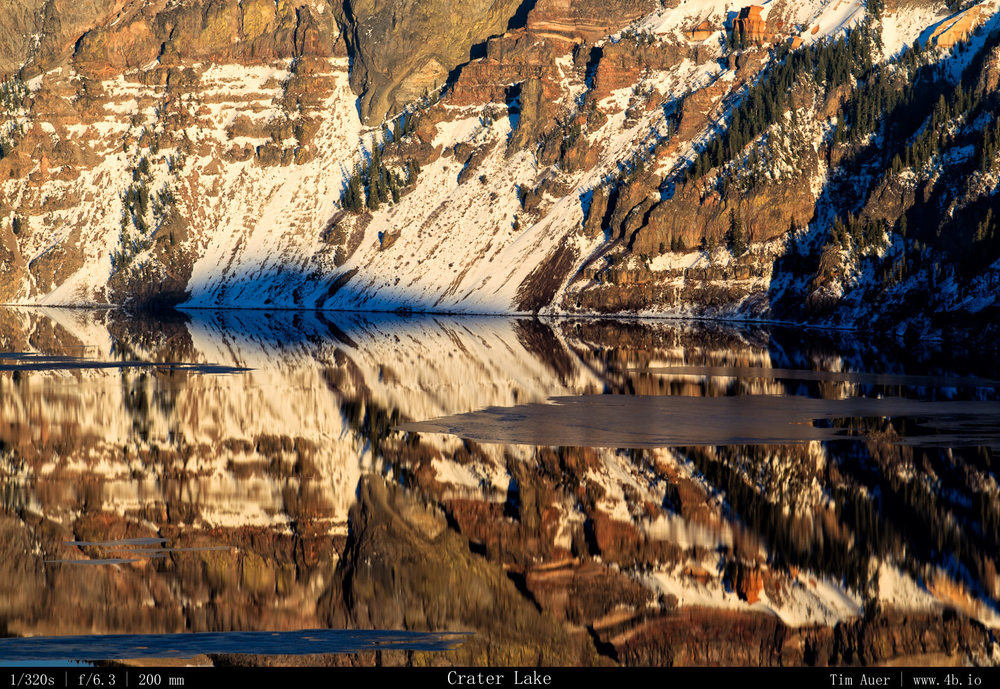
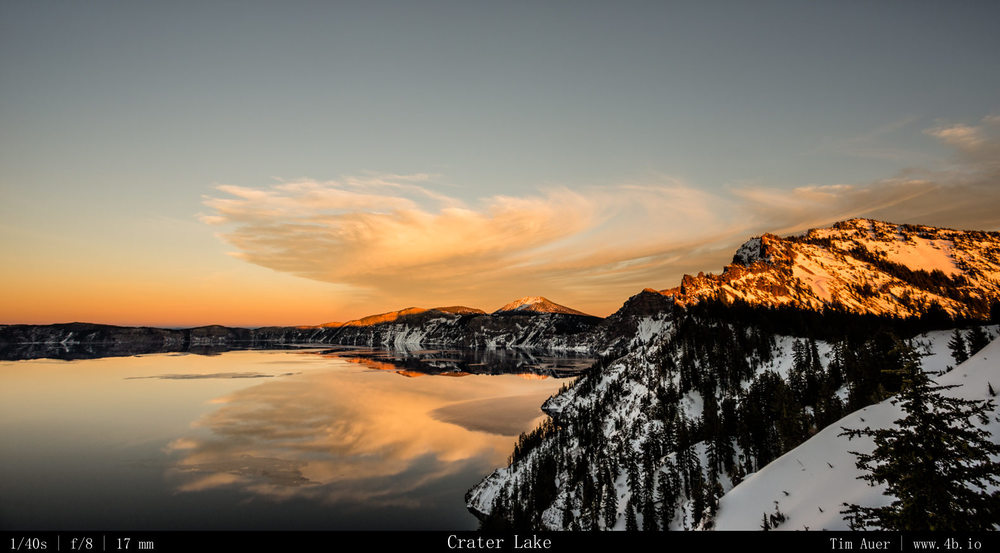
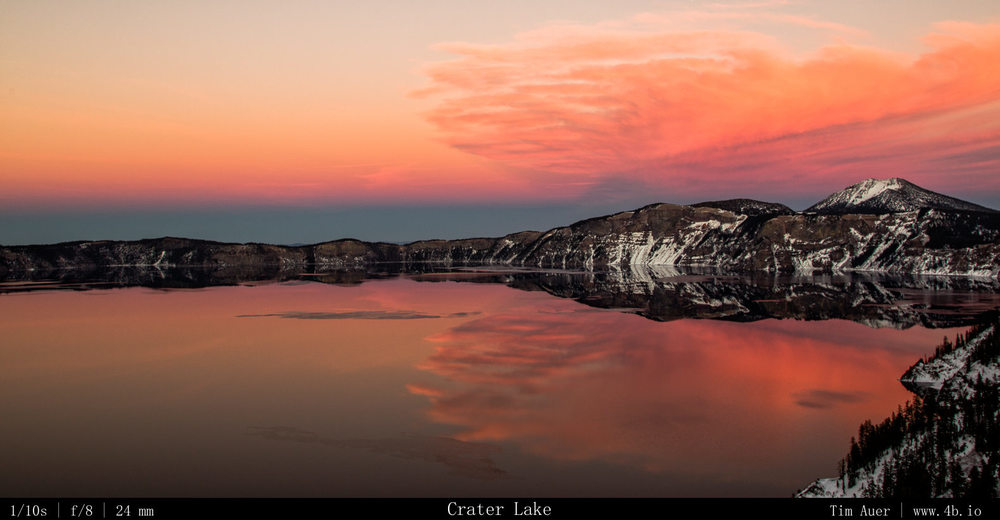


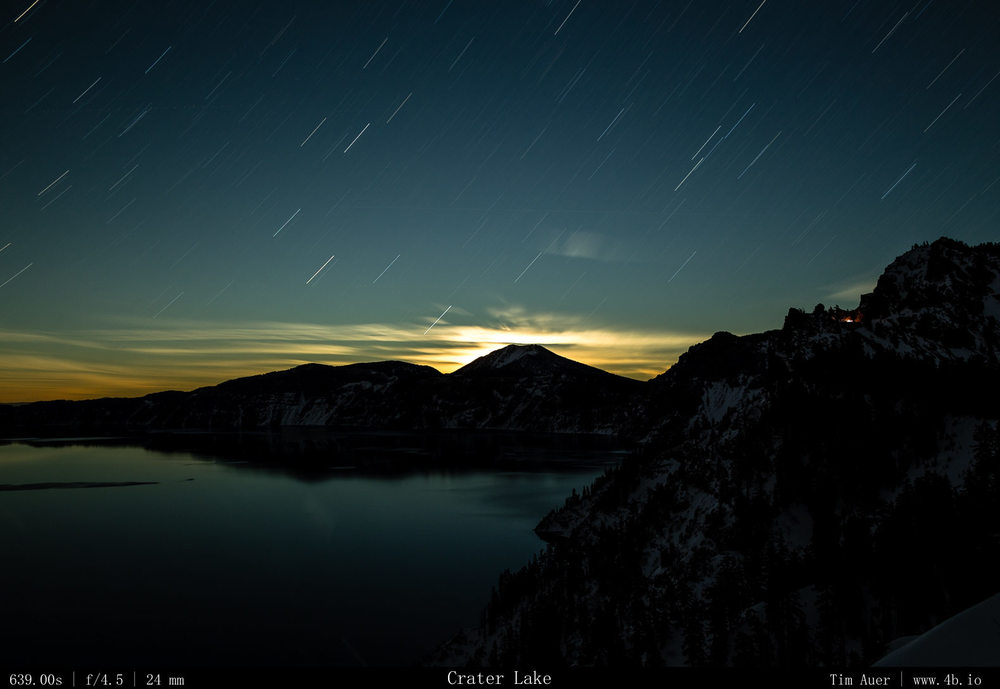
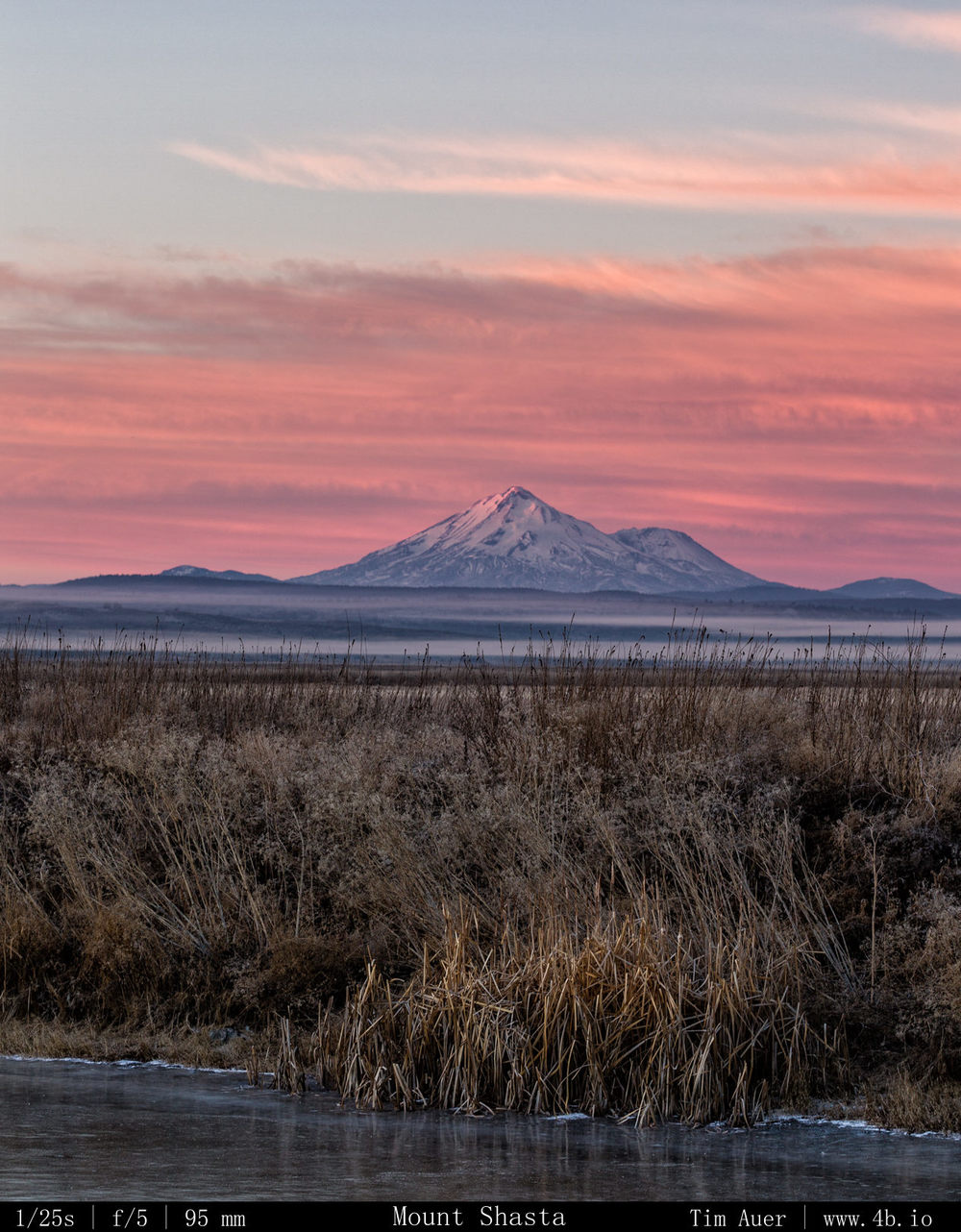
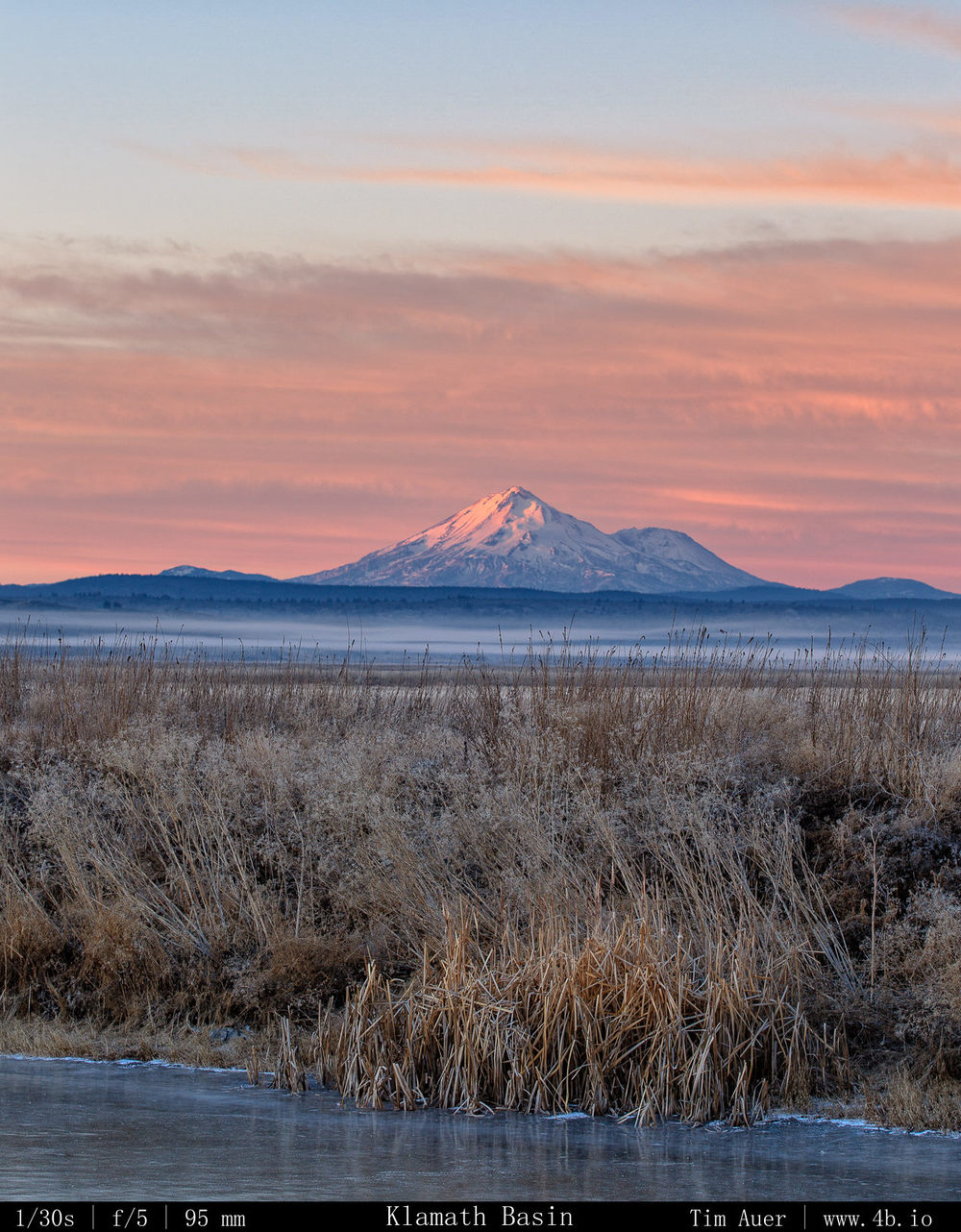

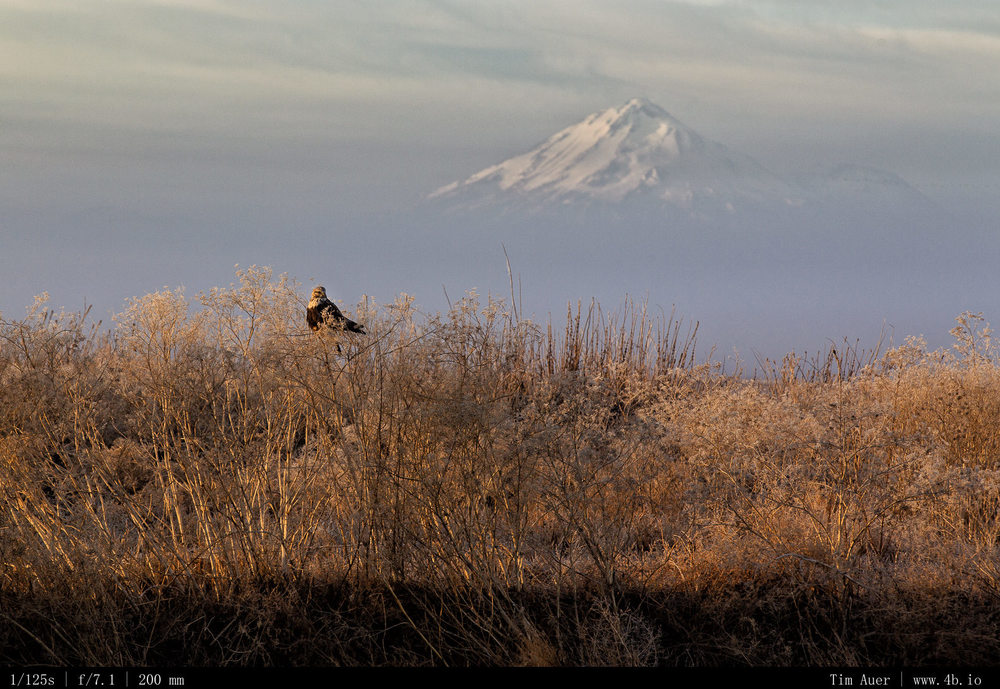

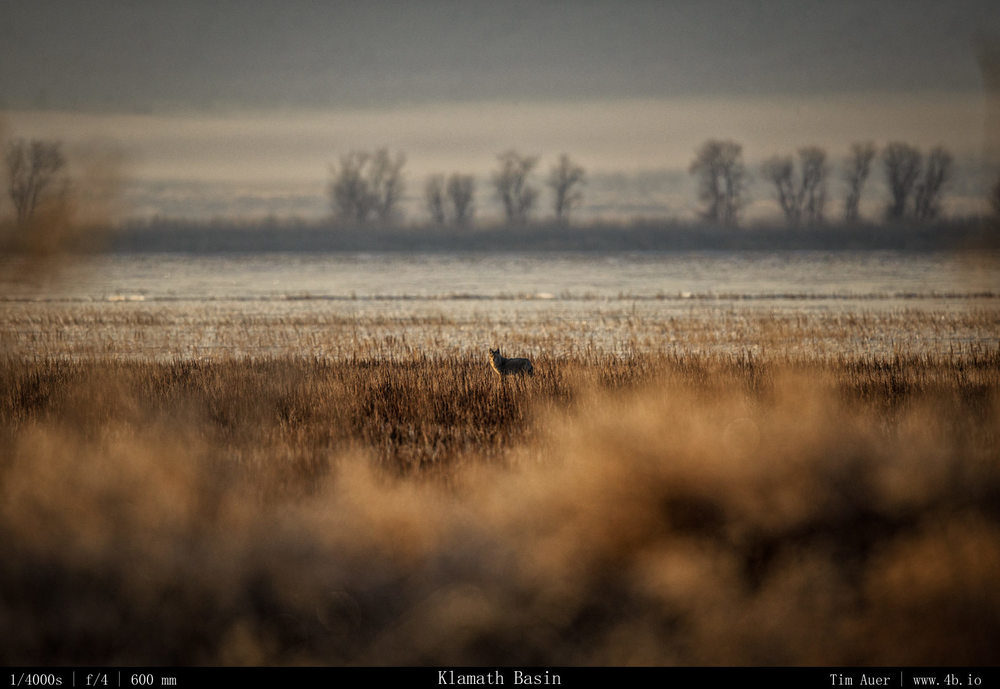

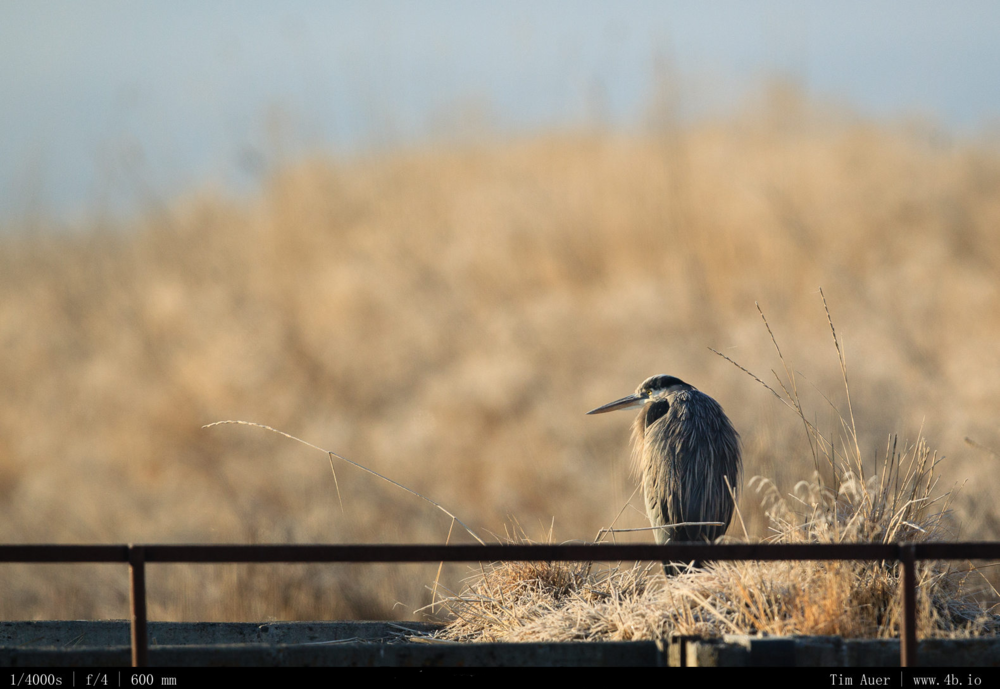

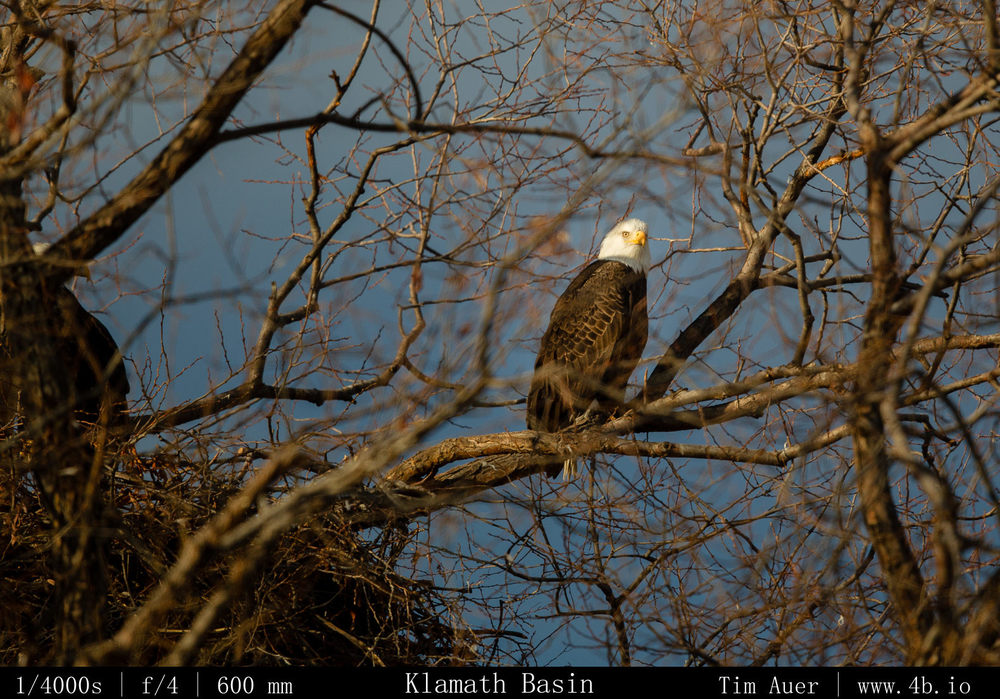

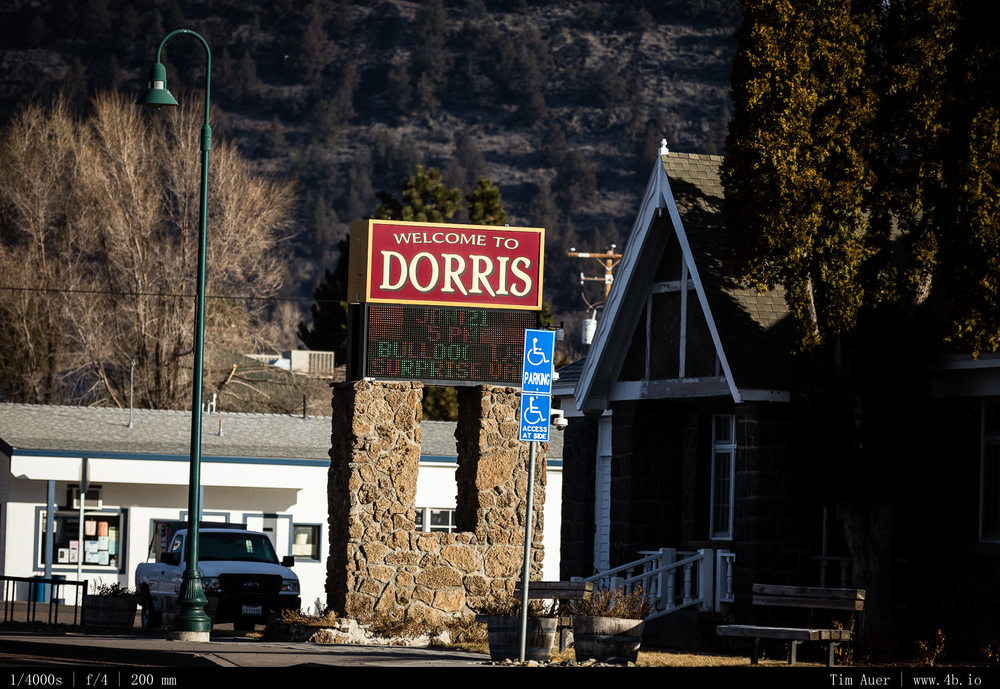
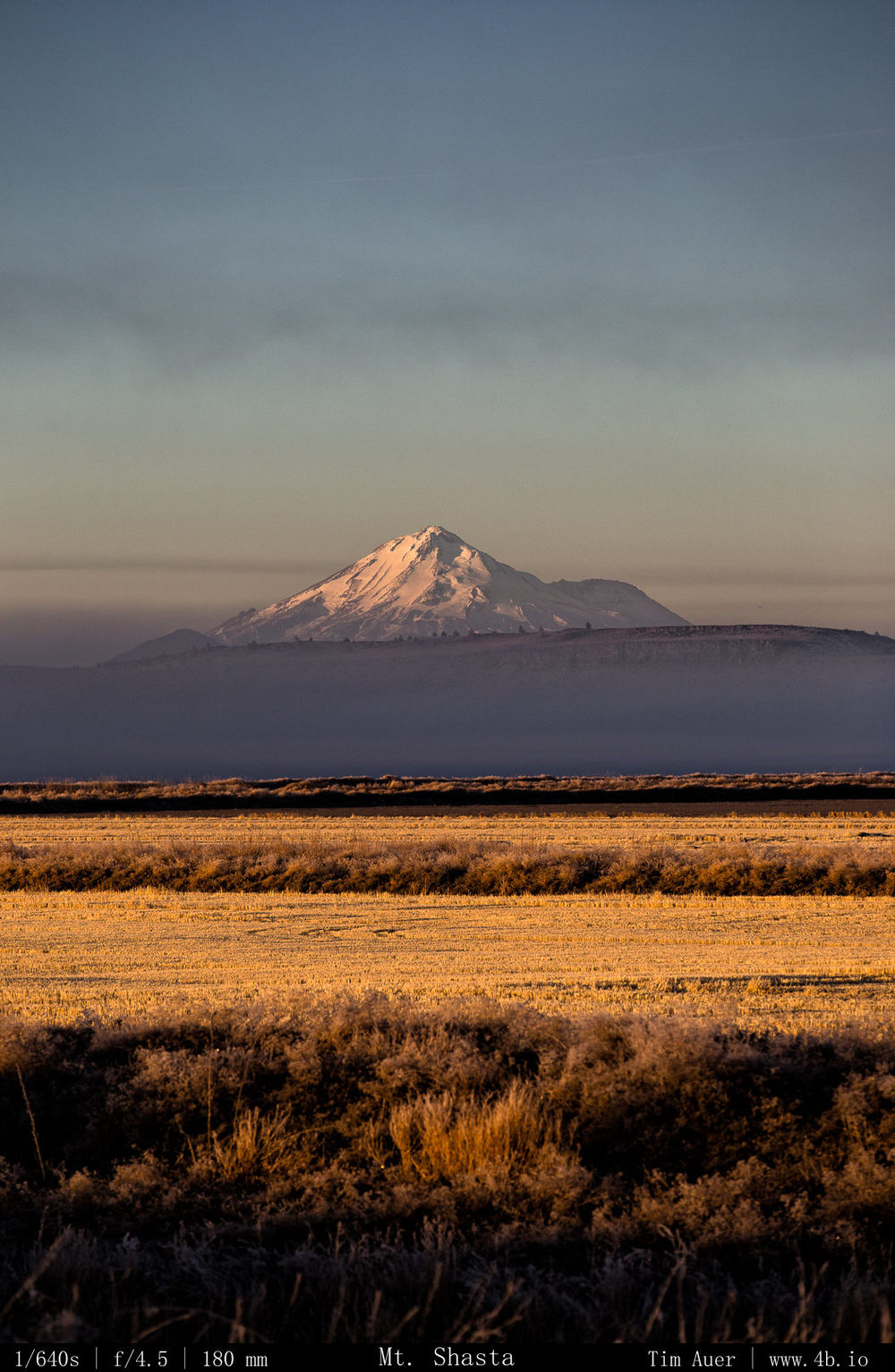

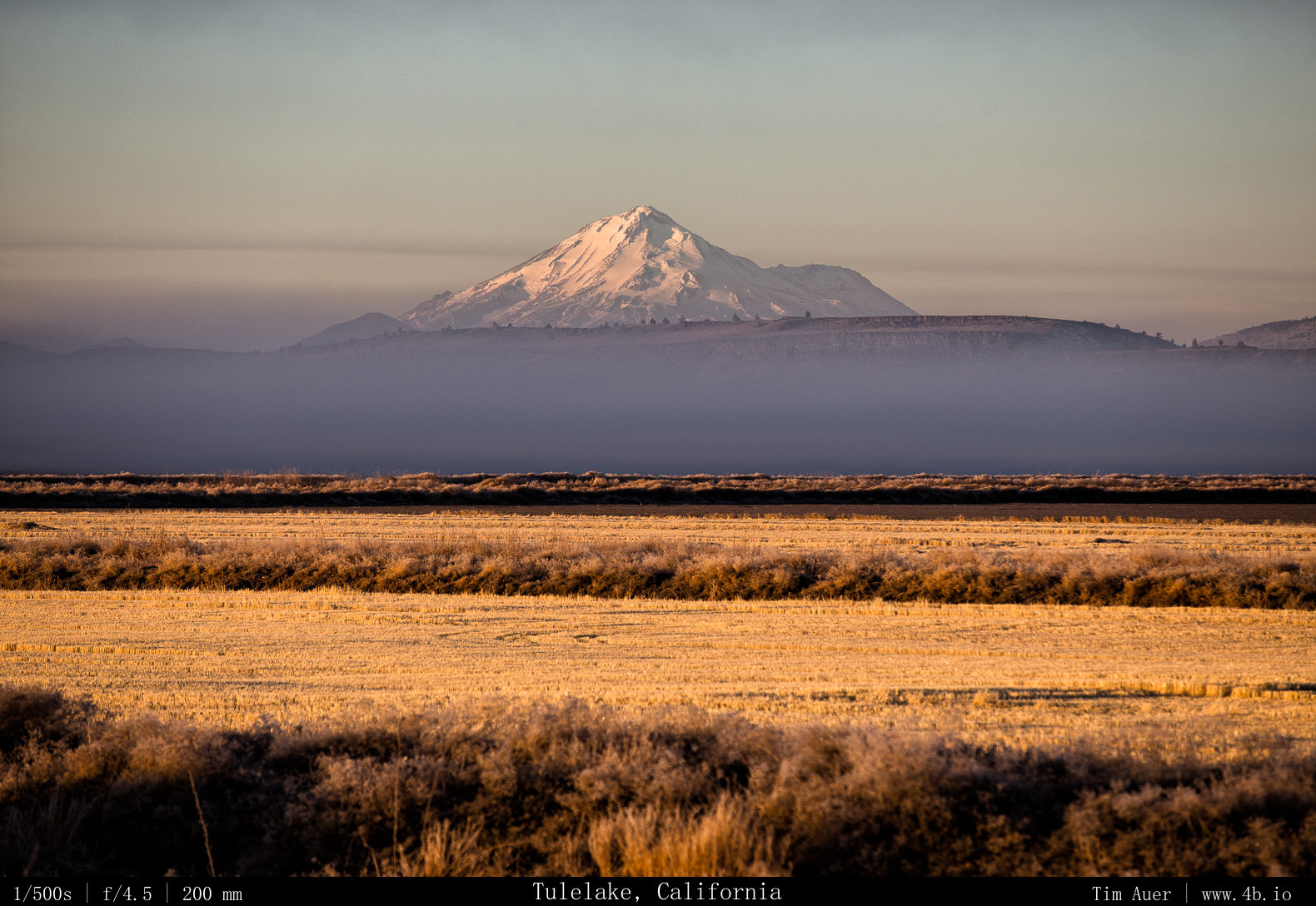
Lovely pictures Tim!
Thanks!
I second that! Love the Crater Lake/Mt. Shasta sunsets! Beautiful colors.
thanks..based on other photos I have seen of sunset at Crater Lake, I was convinced the colors were saturated in post. But after seeing it for myself this weekend, I now know otherwise.
Amazing photos of the eagles and other wildlife. And those panoramas are stunning.